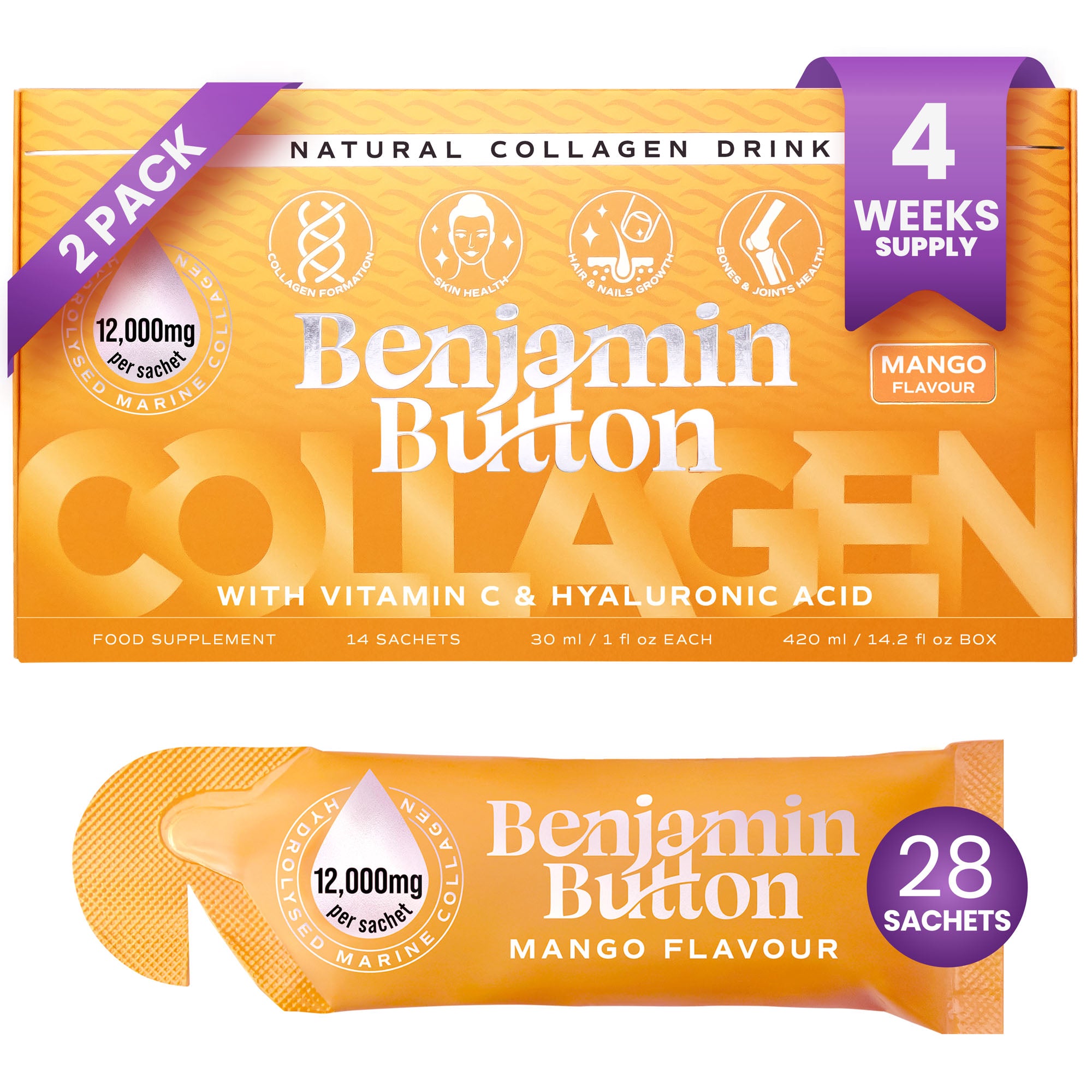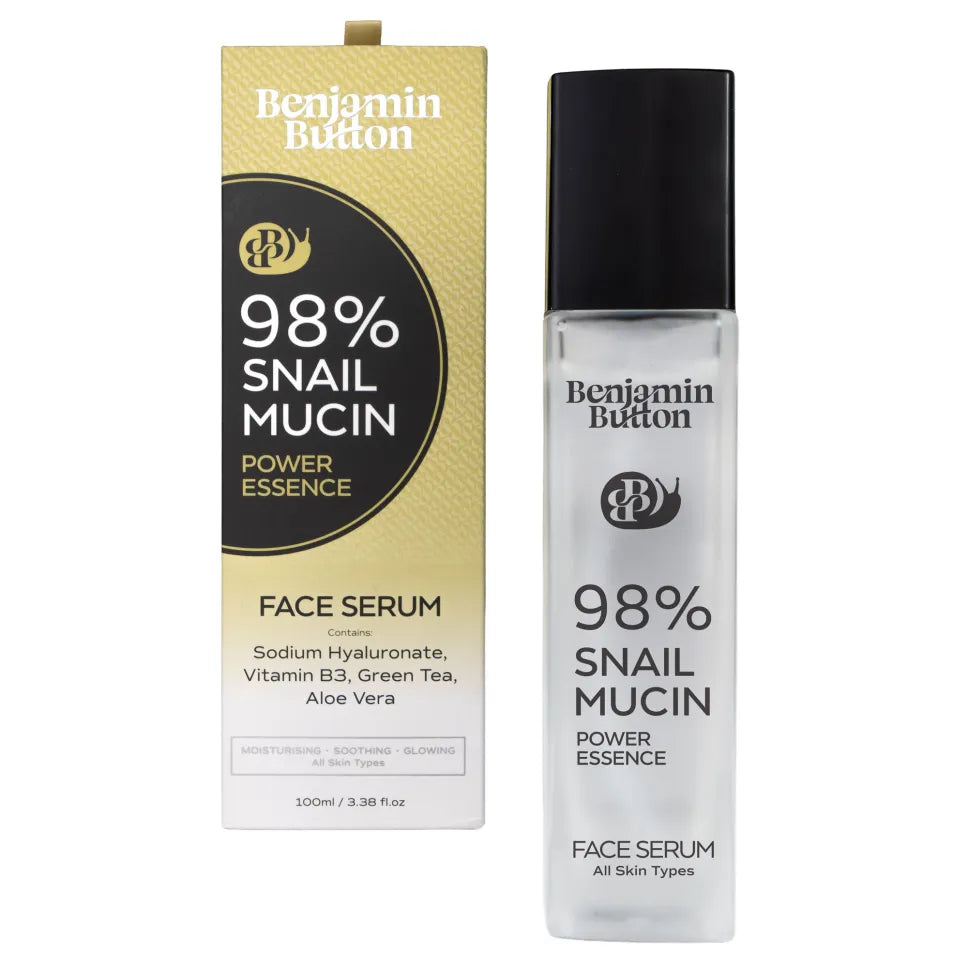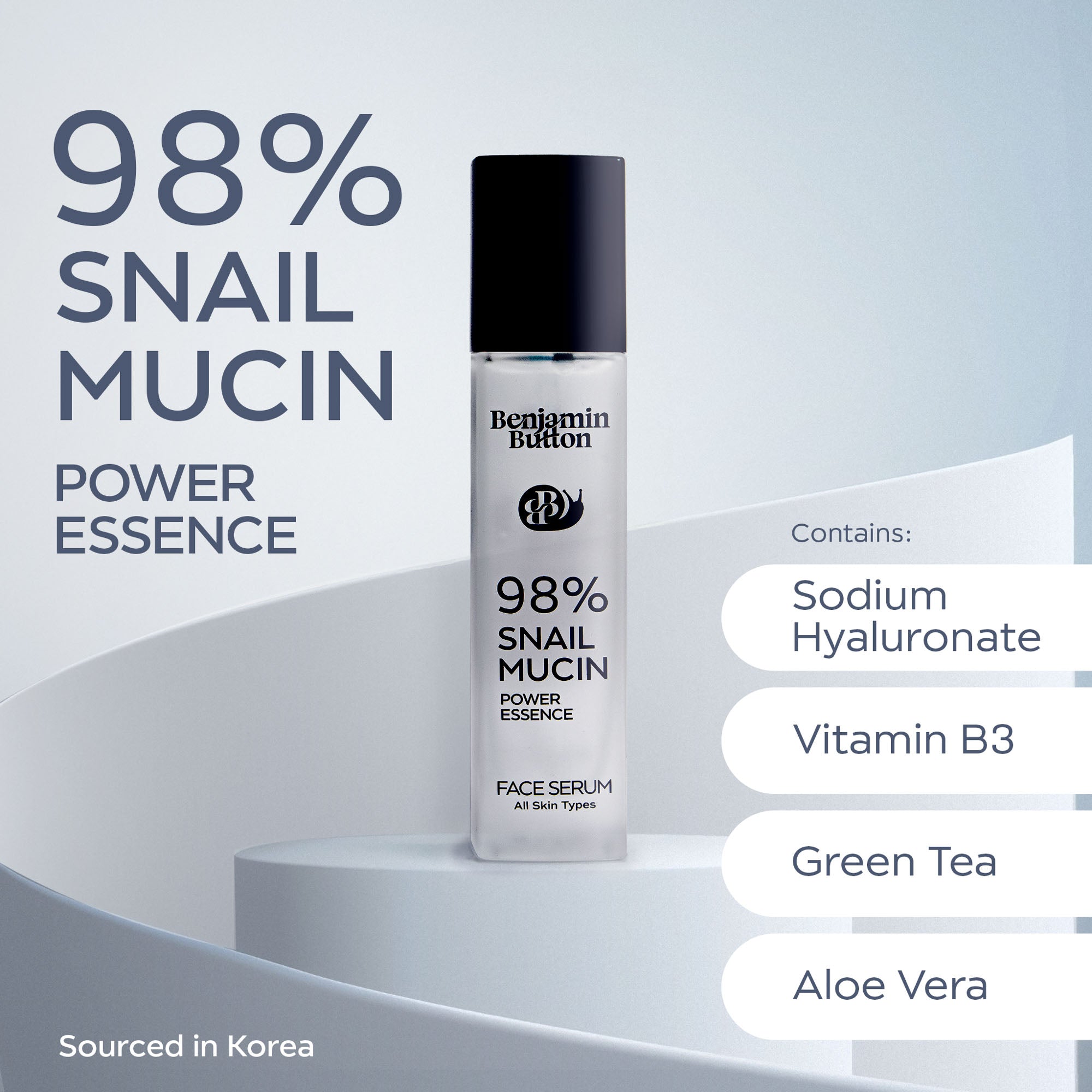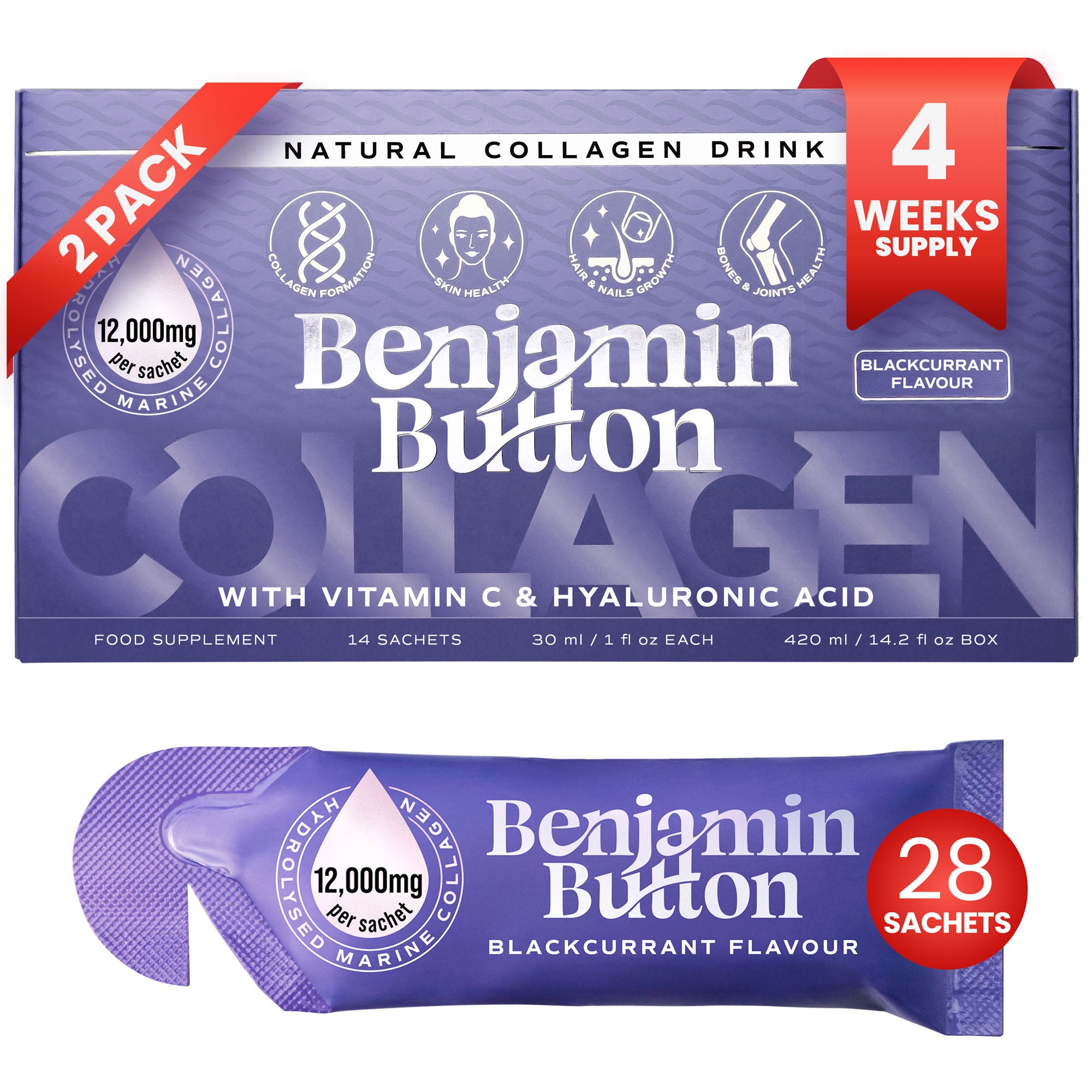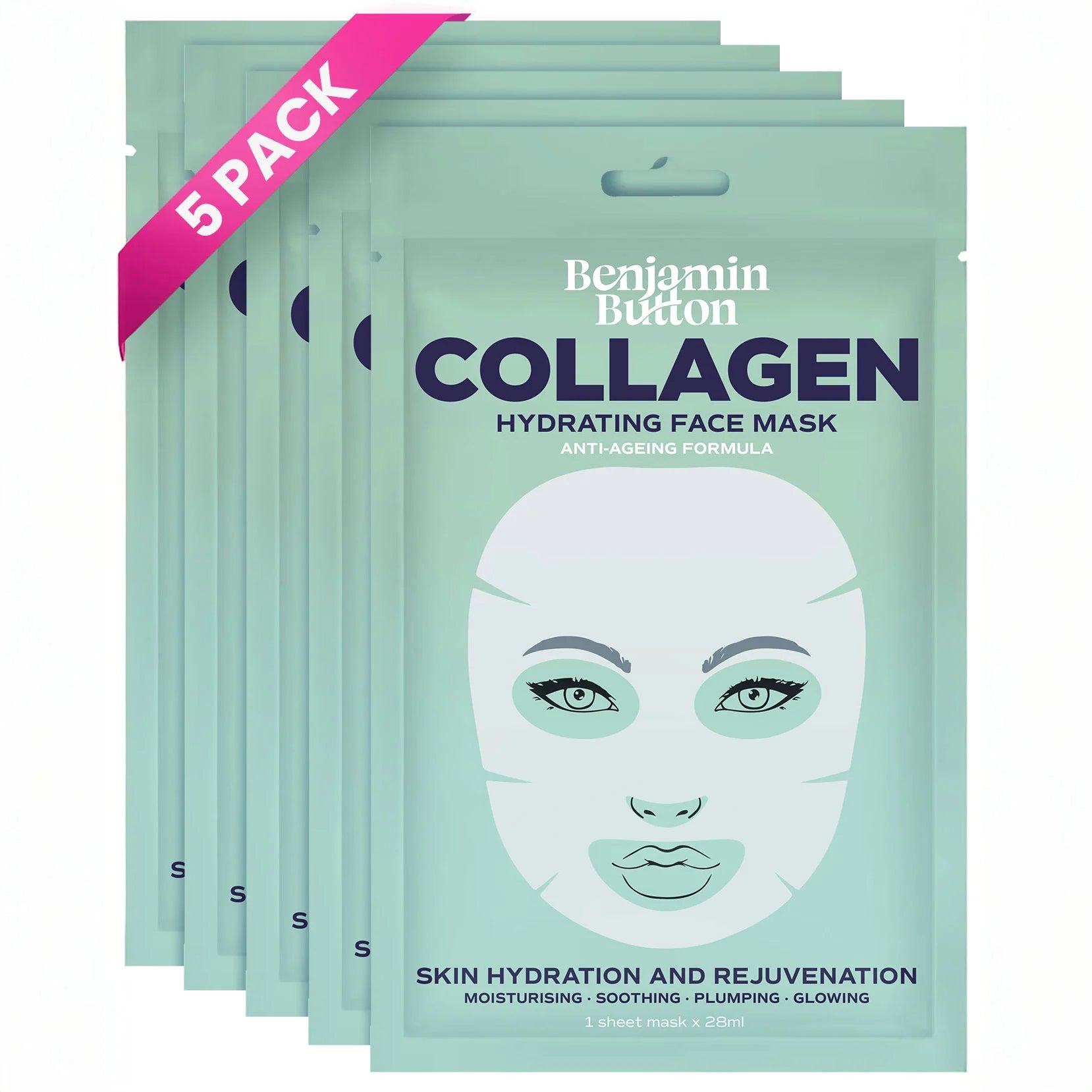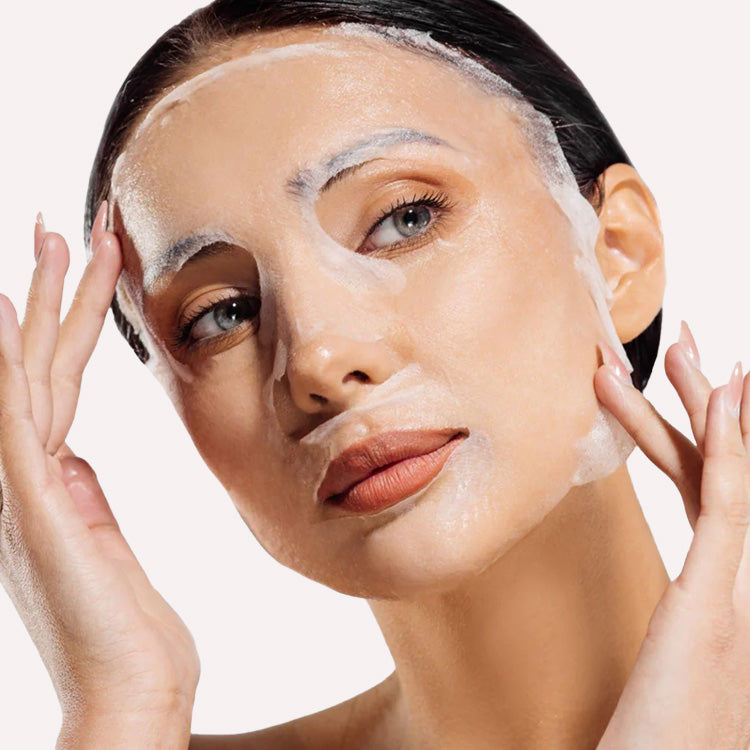Discover the Truth: Can Tongue Scraping Eliminate Bad Breath?
Bad breath, clinically known as halitosis, can be a source of embarrassment and discomfort for many individuals. While there are numerous products and remedies touted as solutions for freshening breath, one method that has been gaining attention is tongue scraping. In this article, we delve into the science behind tongue scraping, how it works, and its effectiveness in combating bad breath.The Science of Bad Breath
Before we can appreciate the potential benefits of tongue scraping, it's essential to understand the underlying causes of bad breath. The mouth is a breeding ground for bacteria, with over 700 different species identified. These bacteria thrive in various areas, including the gums, teeth, and, most notably, the tongue. Bad breath often arises from:- Food particles that remain in the mouth, which can decay and produce foul odours.
- Dry mouth, which can occur due to dehydration, certain medications, or medical conditions.
- Poor oral hygiene, leading to the growth of bacteria and plaque.
- Consuming certain foods, such as garlic and onions, which can leave lingering odours.
What is Tongue Scraping?
Tongue scraping is a simple yet effective dental hygiene practice that involves using a tool—usually made of metal or plastic—to remove bacteria, food particles, and dead cells from the surface of the tongue. By doing so, it aims to reduce the potential for bad breath and enhance overall mouth cleanliness. Many cultures, particularly in India and parts of Asia, have historically included tongue scraping as a part of daily oral care.How to Perform Tongue Scraping
Getting started with tongue scraping is straightforward. Here are the steps involved:- Choose a suitable tongue scraper. Options include stainless steel, copper, or plastic scrapers.
- Stick your tongue out as far as comfortable.
- Position the scraper at the back of the tongue and gently pull it forward, applying light pressure to remove debris.
- Rinse the scraper after each stroke to keep it clean.
- Repeat the process 3-4 times before rinsing your mouth.
Benefits of Tongue Scraping
The effectiveness of tongue scraping in combating bad breath has been a point of interest in various studies, revealing several benefits:- Reduced Bacteria Levels: By physically removing bacteria from the tongue, tongue scraping can significantly lower the bacterial load that contributes to bad breath.
- Improved Taste Sensation: Clearing the tongue of debris can enhance your taste buds, leading to a more enjoyable eating experience.
- Enhanced Oral Hygiene: Tongue scraping complements regular brushing and flossing, resulting in an overall improvement in oral health.
- Fresh Breath: Many individuals report immediate fresher breath following tongue scraping, making it a quick solution for halitosis.
- Prevention of Dental Issues: Regular cleaning of the tongue can help prevent potential dental problems, including cavities and gum disease.
Limitations and Considerations
While tongue scraping offers numerous benefits, it is crucial to understand its limitations and the importance of holistic oral care:- Not a Standalone Solution: Tongue scraping should be seen as a complementary practice to regular brushing, flossing, and mouth rinsing. Relying solely on tongue scraping may not suffice for oral hygiene.
- Possible Discomfort: Some individuals may experience a gag reflex or discomfort while scraping the back of the tongue. It is essential to use a gentle hand and find a scraper that suits your comfort level.
- Hygiene of the Scraper: Properly clean your tongue scraper after each use to prevent the buildup of bacteria.
- Personal Variability: The effectiveness of tongue scraping can vary from person to person depending on factors like diet, oral hygiene practices, and individual bacterial profiles.
Complementary Practices for Fresh Breath
In conjunction with tongue scraping, consider implementing these additional practices to enhance breath freshness:- Regular Brushing and Flossing: Maintaining a routine of brushing twice daily and flossing at least once daily is vital for eliminating plaque and food particles.
- Stay Hydrated: Drinking plenty of water can prevent dry mouth, which exacerbates bad breath.
- Avoid Certain Foods: Reducing your intake of odorous foods can help. Foods like garlic, onions, and sugary treats may linger on the breath.
- Chew Sugar-Free Gum: Chewing gum can stimulate saliva production, aiding in natural oral cleansing processes.
- Regular Dental Check-Ups: Regular visits to the dentist can help identify any underlying issues contributing to bad breath.










